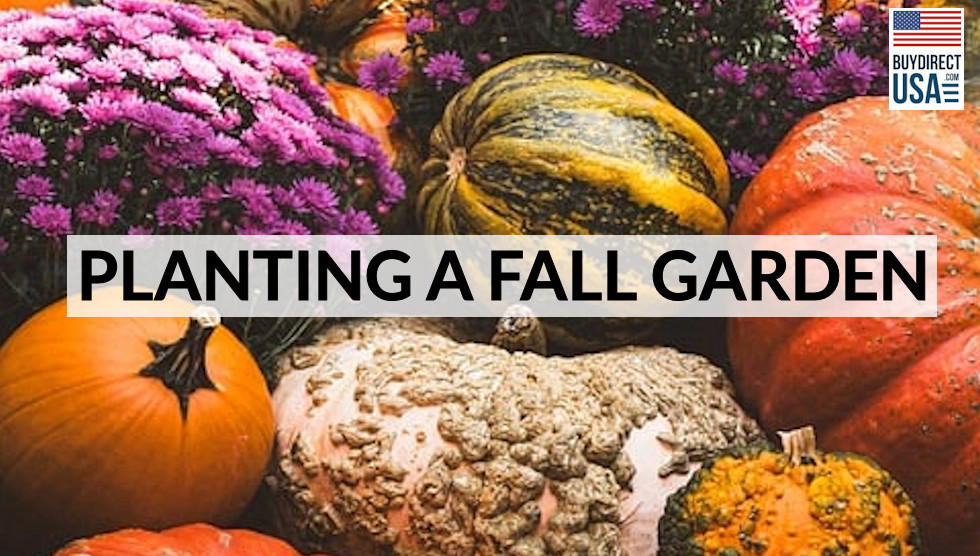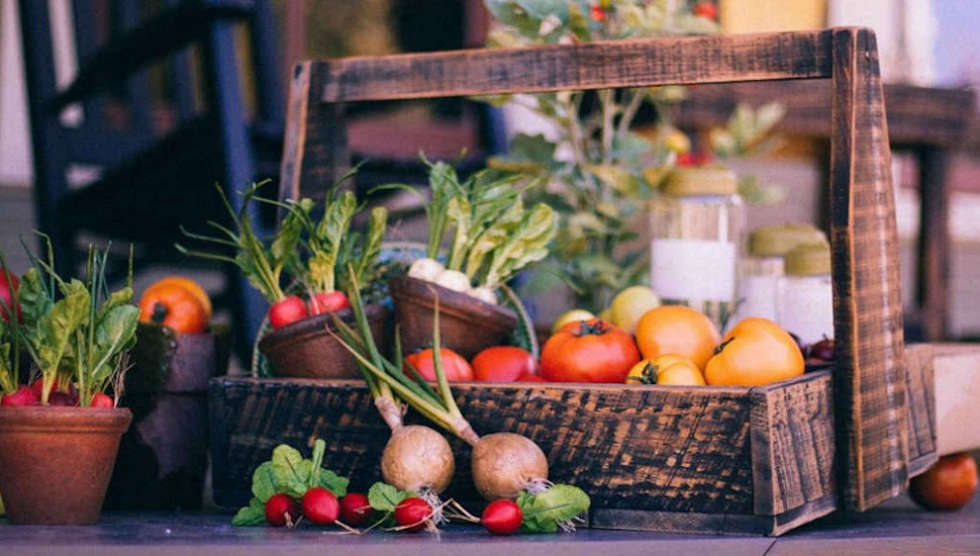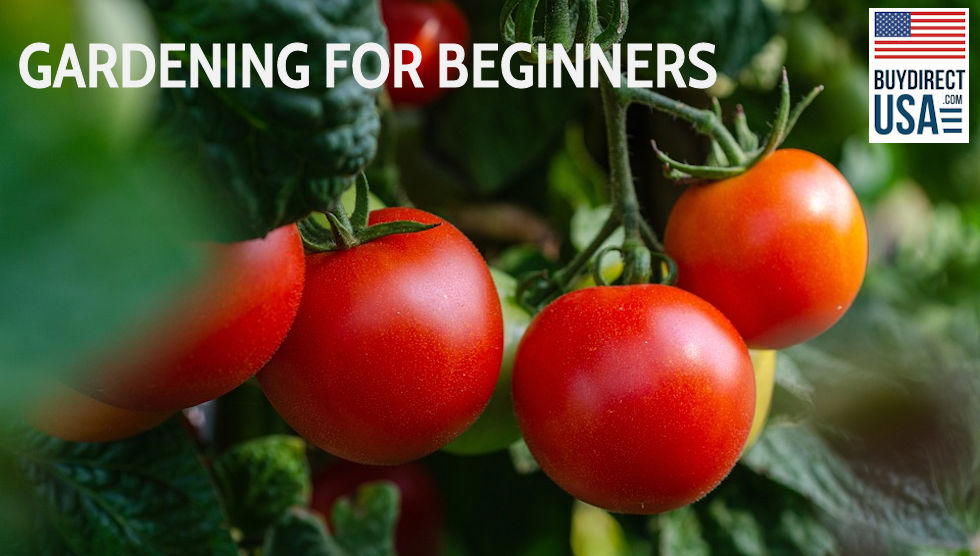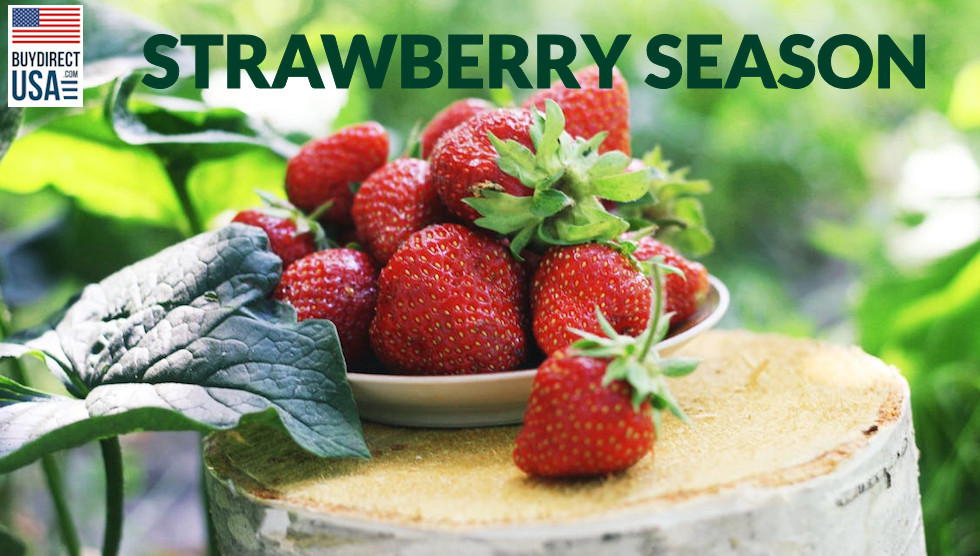As summer days begin to wane, the promise of a bountiful fall garden offers a fresh opportunity for gardeners across the United States. Planting in early August ensures that crops can mature before the first frost. This guide will help you determine what to plant in your fall garden based on your USDA hardiness zone, with a focus on easy-to-grow varieties.
Understanding Your Zone
The USDA Plant Hardiness Zone Map divides North America into 13 zones based on the average annual minimum winter temperature. Knowing your zone helps you select plants that will thrive in your climate.
Zones 3-4: Cooler Climates
For gardeners in zones 3 and 4, with shorter growing seasons and early frosts, it’s essential to choose fast-maturing crops.
1. Leafy Greens
- Spinach: Cold-tolerant and quick to mature, spinach can be harvested even after light frosts.
- Lettuce: Opt for varieties like Romaine or Butterhead that grow quickly.
2. Root Vegetables
- Radishes: Ready to harvest in just about 4 weeks, making them ideal for late-season planting.
- Turnips: Another fast-growing root vegetable that can withstand cooler temperatures.
3. Brassicas
- Kale: Hardy and frost-resistant, kale can produce well into the colder months.
- Cabbage: Choose early maturing varieties for a fall harvest.
Zones 5-6: Transitional Climates
Gardeners in zones 5 and 6 can enjoy a wider range of fall crops due to milder temperatures and a longer growing season.
1. Leafy Greens
- Swiss Chard: Tolerant of both heat and cold, making it a versatile choice.
- Mustard Greens: Fast-growing and flavorful, ideal for fall gardens.
2. Root Vegetables
- Carrots: Choose short varieties for a quicker harvest.
- Beets: Both the roots and greens are edible, offering dual benefits.
3. Legumes
- Bush Beans: Quick to mature and can fix nitrogen in the soil, benefiting future crops.
4. Herbs
- Cilantro: Prefers cooler weather and can be harvested multiple times.
- Parsley: A hardy herb that can withstand light frosts.
Zones 7-8: Milder Climates
Zones 7 and 8 offer a more extended growing season, allowing for a greater variety of fall crops.
1. Leafy Greens
- Collard Greens: Can be harvested well into winter and improve in flavor after a frost.
- Arugula: Quick-growing and adds a peppery flavor to salads.
2. Root Vegetables
- Parsnips: Require a longer growing period but improve in flavor after a frost.
- Turnips: Grow well in cooler temperatures and are versatile in the kitchen.
3. Brassicas
- Broccoli: Thrives in cooler weather and can be harvested before the first heavy frost.
- Cauliflower: Plant in early August for a fall harvest.
4. Alliums
- Garlic: Plant in the fall for a harvest the following summer.
- Shallots: Another fall-planted allium that overwinters well.
Zones 9-10: Warm Climates
Gardeners in zones 9 and 10 enjoy mild winters, making it possible to grow a wide array of fall and winter crops.
1. Leafy Greens
- Lettuce: Almost all varieties will thrive, offering fresh salads throughout the fall.
- Spinach: Prefers cooler weather and can be harvested continually.
2. Root Vegetables
- Carrots: Choose heat-tolerant varieties for a successful fall crop.
- Radishes: Fast-growing and ideal for successive planting.
3. Brassicas
- Kale: Heat-tolerant varieties can extend the growing season.
- Brussels Sprouts: Plant in early August for a winter harvest.
4. Legumes
- Peas: Plant in late August for a fall harvest.
- Bush Beans: Continue to produce well into the fall.
5. Herbs
- Basil: Thrives in the warm climate and can be harvested until the first frost.
- Rosemary: Perennial in warm climates, providing year-round harvests.
Zones 11-13: Tropical Climates
In tropical zones, gardening is a year-round endeavor. Focus on heat-tolerant and fast-growing crops.
1. Leafy Greens
- Malabar Spinach: A heat-tolerant alternative to traditional spinach.
- Amaranth Greens: Thrive in warm climates and are nutrient-dense.
2. Root Vegetables
- Sweet Potatoes: Grow well in warm conditions and can be harvested in late fall.
- Cassava: A tropical root vegetable that grows year-round.
3. Fruits
- Pineapple: Takes longer to mature but thrives in tropical climates.
- Papaya: Fast-growing and produces fruit within a year.
General Tips for Fall Gardening
- Soil Preparation: Enrich the soil with compost to replenish nutrients depleted by summer crops.
- Watering: Maintain consistent moisture, especially during germination and early growth.
- Mulching: Use mulch to retain soil moisture and regulate temperature.
- Frost Protection: Be prepared with row covers or cloches to protect plants from unexpected frosts.
By understanding your USDA hardiness zone and selecting easy-to-grow crops suited to your climate, you can enjoy a productive and rewarding fall garden. Happy planting!







